Lingodeer

- Teaches grammar rules with lessons.
- Games and quizzes for practice.
- Offers a variety of languages.
- Learn without an internet connection
Memrise

- Uses native speakers in videos.
- Helps with long-term memory
- Fun ways to practice vocabulary
- Offers a wide range of languages
Babbel
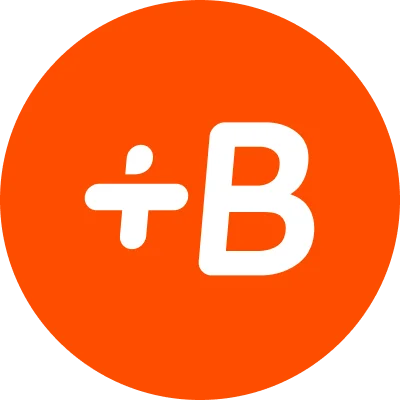
- Focuses on practical dialogue
- Balanced lessons for both
- Tailors lessons to your level
- Learn anytime, anywhere.
Duolingo is one of the most popular free language-learning apps, offering more than 100 languages—even rare ones like Zulu and Xhosa. It’s a great place to start, but many learners realize it’s not enough to reach fluency.
Some say 34 hours on Duolingo equals a semester of college-level learning, but plenty of users disagree. Still, there’s no denying it has made language learning easier and more accessible for millions.
If Duolingo hasn’t helped you reach your goals, don’t worry—there are plenty of other options. Here are six apps that might be a better fit!
Which Duolingo Alternative is Best?
Let’s learn the Top 6 Duolingo Alternatives in 2025
1. LingoDeer
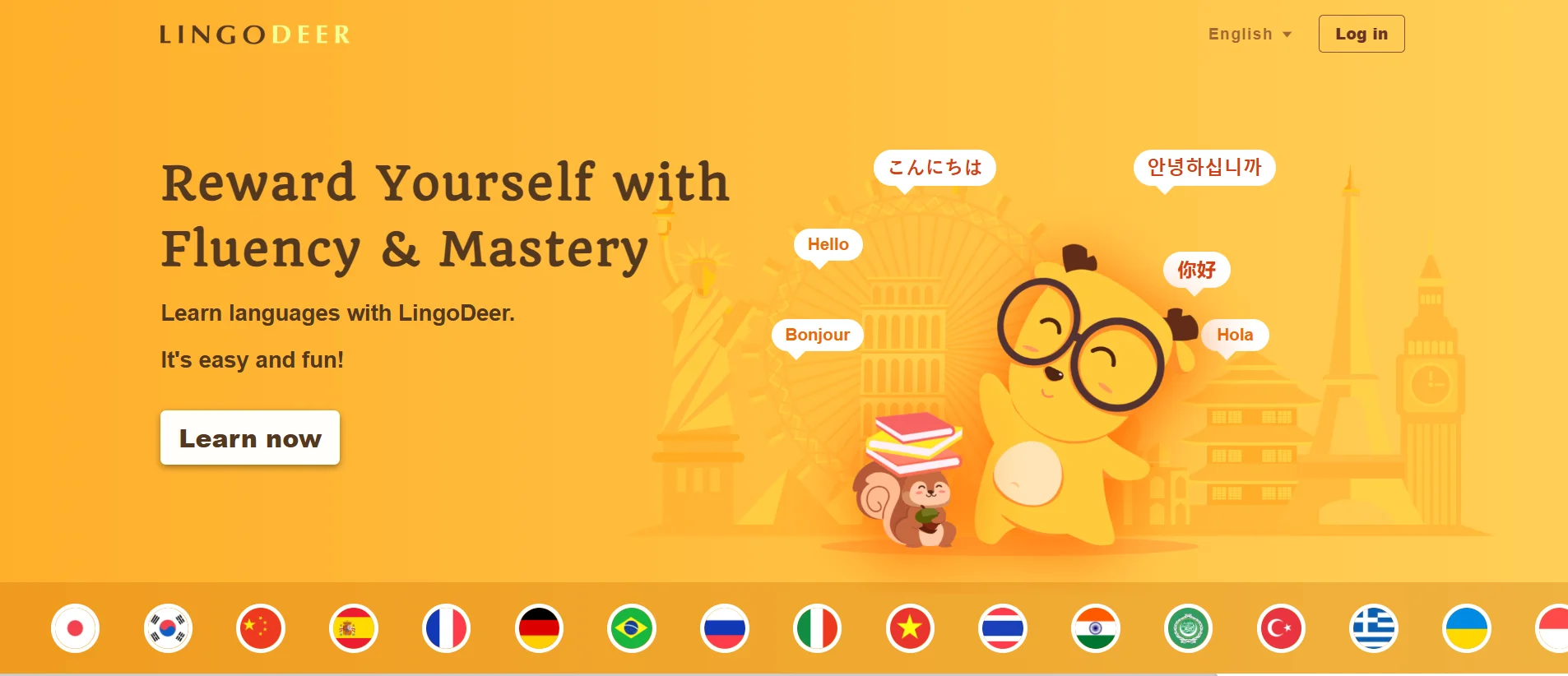
LingoDeer is the best alternative to Duolingo, especially if you wish to learn Asian languages like Korean, Japanese, and Chinese. LingoDeer’s courses are designed in a way similar to Duolingo but it has a lot more useful features like character drills, grammar tips, and conversation practice.
Its lessons are grouped into bite-sized chunks that can get you to the intermediate level (around B1) with only 15 minutes a day. To put it straight, if you are seriously into learning a new language but don’t want to go to traditional language schools, LingoDeer is the best choice.
Check out our article LingoDeer vs Duolingo to see a more detailed comparison of these two apps.
2. Memrise
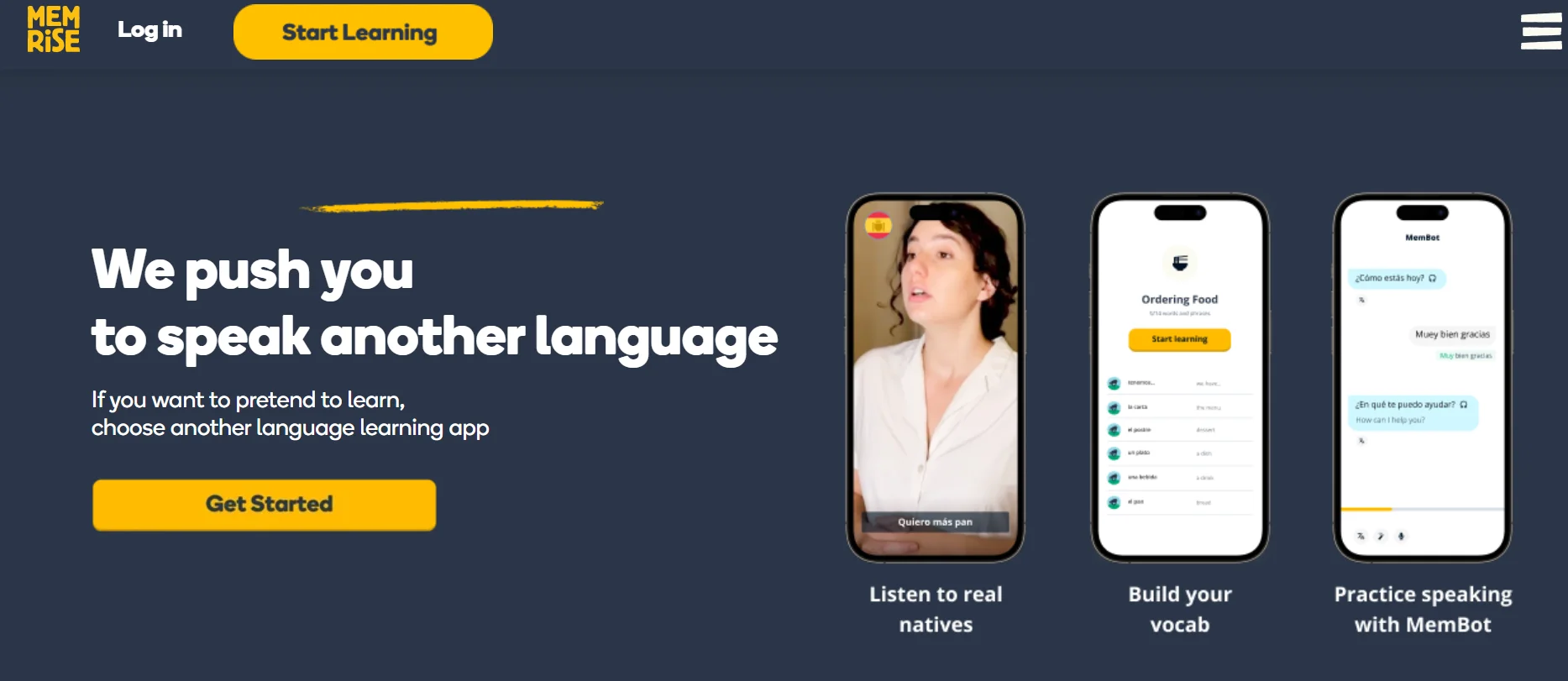
Memrise is a flashcard app that is simple and fun. As the name suggests, the main function of the app is to help you memorize words and everyday expressions with its built-in flashcard feature.
The best part about Memrise is that it contains a variety of short video clips that show what native speakers actually say in everyday conversations. The tone and pronunciation may be hard for beginners at first but will be helpful if your goal is to communicate with natives.
Memrise also describes itself as the only app that helps you to master 3 key skills (knowing, understanding, speaking) of language learning.
3. Babbel
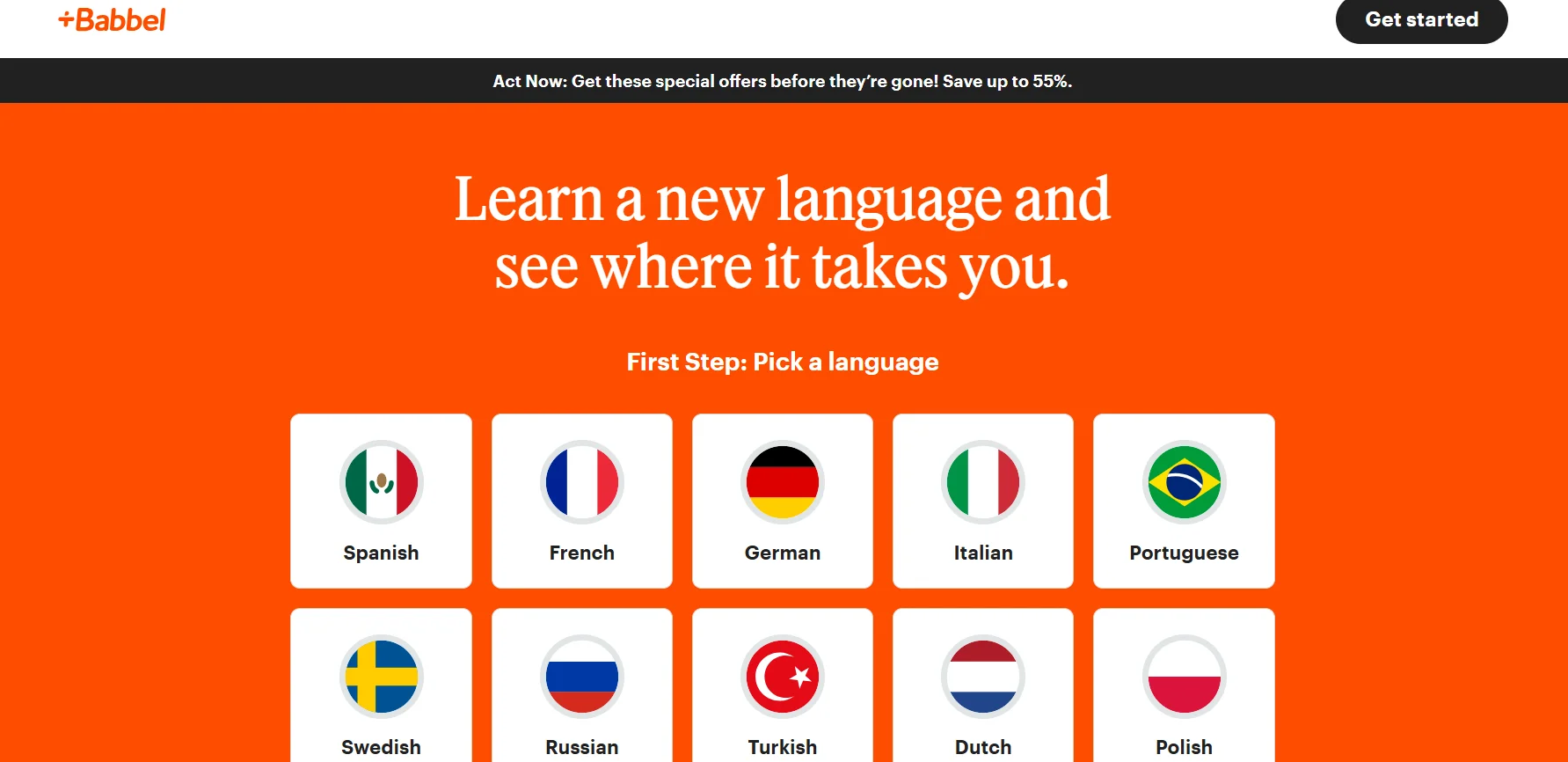
Babbel is another great alternative to Duolingo if you wish to have structured and interactive lessons. It uses the so-called “Babbel Method”, which Babbel claims to be the shortest path to real-life conversations.
One thing great about Babbel is that it provides multiple modes of learning for a single language depending on your level and purpose of learning. It also has a live class option where you can learn with real tutors. Babbel teaches 14 languages in total.
4. Busuu

Busuu is also a language learning app that is very similar to Duolingo. Its courses are structured in a way that you can learn vocabulary, pronunciation, and sentences through short and fun lessons.
A notable feature of Busuu is its community, where you can get to know users from across the world and have your pronunciation corrected by native speakers.
However, Busuu has a more limited free version, and most of its features require a subscription. (It provides two types of subscription plans: for casual learners and serious learners, respectively).
Above are the 4 best alternatives to Duolingo if you wish to have structured, bite-sized lessons. In the next part, we’ll share 2 other apps that function differently but can also help you learn languages.
One part Duolingo falls short of is lacking a real-life language environment. Duolingo does have a community where users can share their language learning tips and experiences, but it fails to provide a real-life situation where people can put what they’ve learned into use.
So we present the following 2 community-based apps with which you can chat with native speakers.
5. HelloTalk
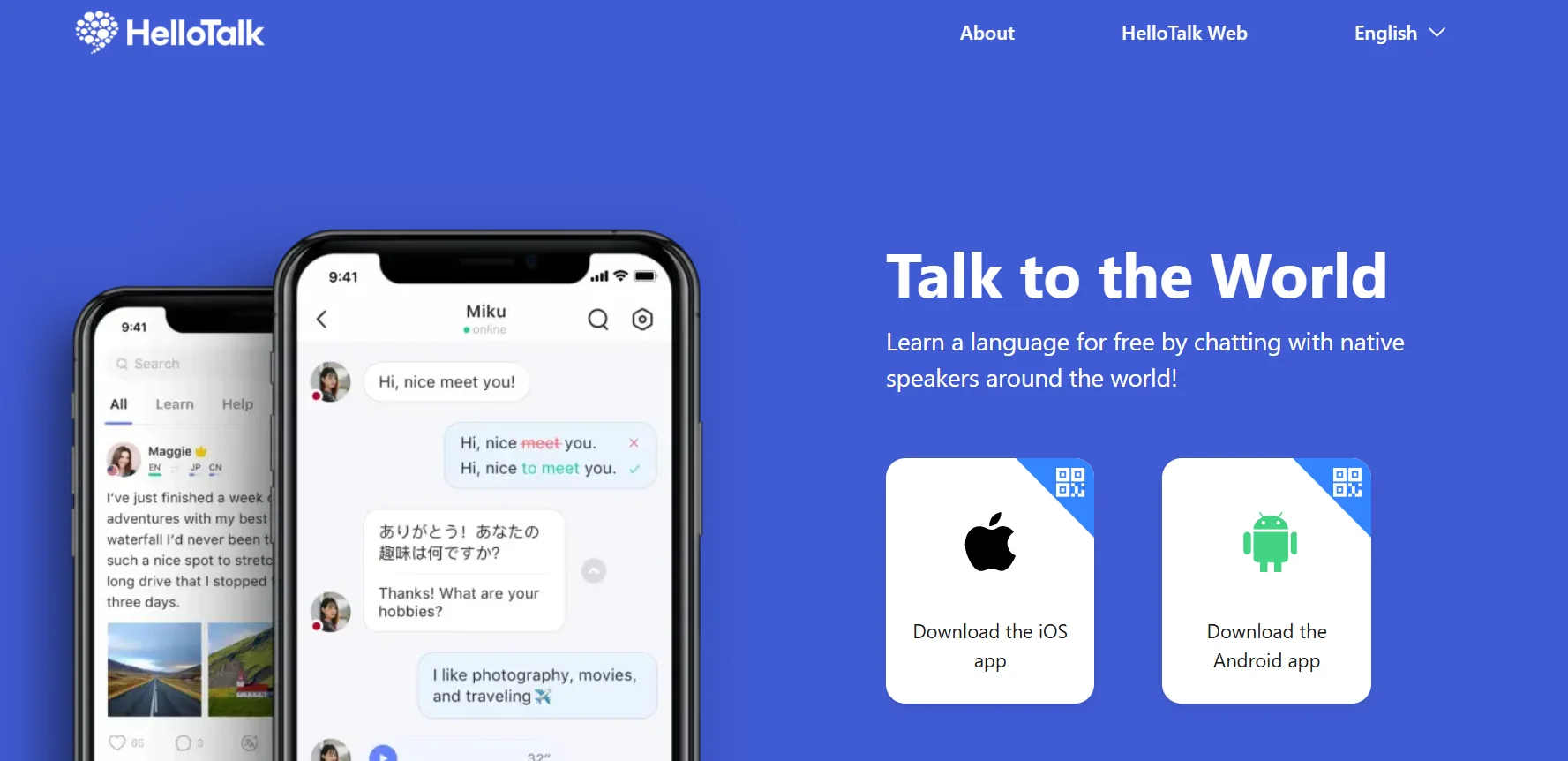
Instead of using traditional language learning strategies like flashcards gand rammar explanations, HelloTalk focuses on the practical side of using a language.
As the largest language exchange community, HelloTalk allows you to have real conversations with a native speaker of your target language. With built-in features like grammar correction and moment sharing, you can learn a language while making friends with people from all over the world.
6. Tandem
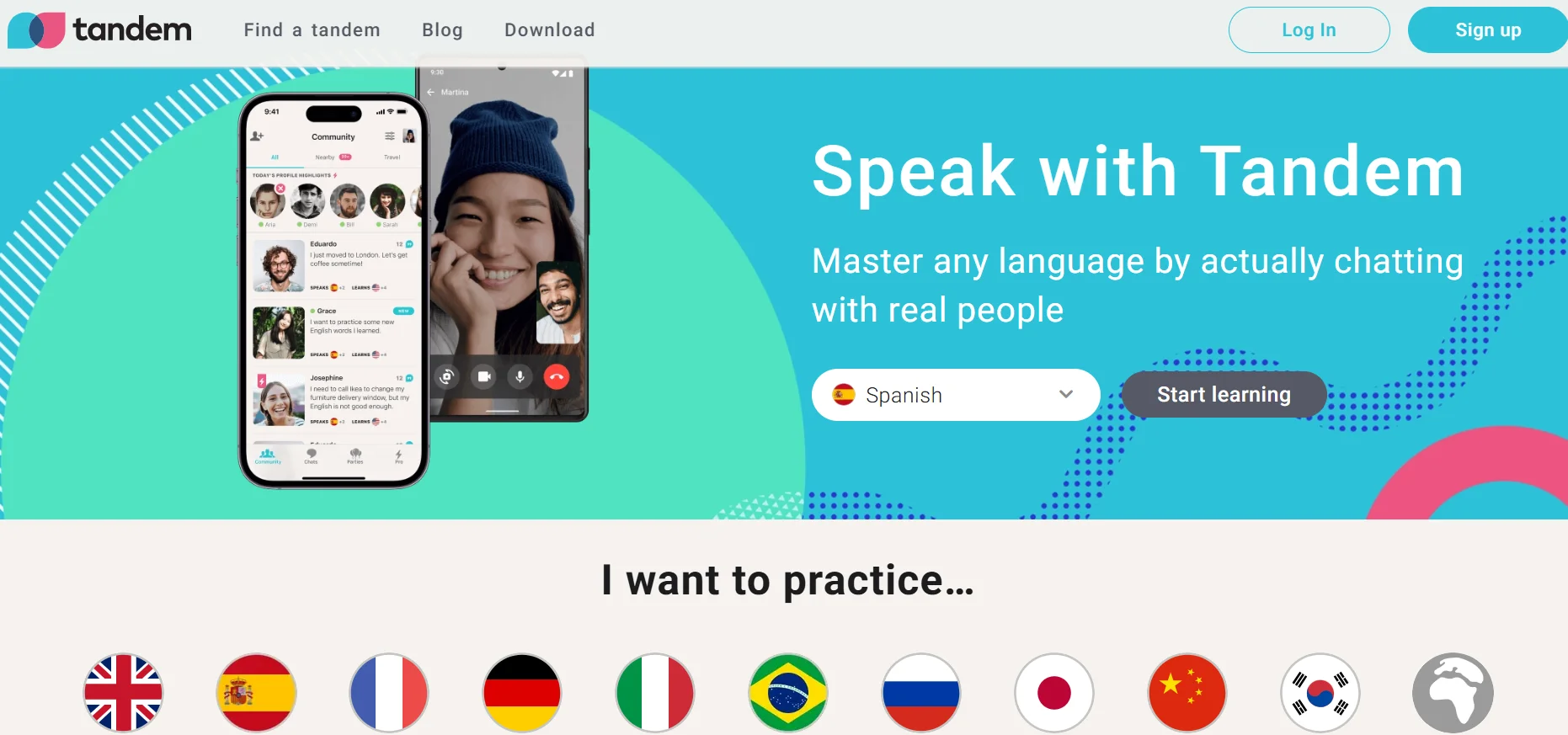
Tandem is another language exchange app designed with the same logic as HelloTalk but with a smaller community. The main function of the app is connecting and chatting with natives of your target language.
Tandem seems to have fewer social features and is dedicated more to language learning. According to some of its users, although the community is not as big, you’ll get to have more quality conversations.
Above are the 6 best alternatives we find that can be a decent replacement for Duolingo if you are tired of the owl.
They may not be entirely free like Duolingo, but a little investment for better quality content and more effective learning can be an economical choice in the long run. Hopefully, you’ll find one useful here and achieve your language learning goal!
Quick Links:
- Best High Paying Clickbank Alternatives
- Rocket languages Vs Rosetta Stone
- Rocket Languages Courses
- Duolingo vs Rosetta Stone
Conclusion
Duolingo is a well-known app, but it doesn’t work for everyone. If you’re looking for something different, apps like LingoDeer, Memrise, Babbel, Busuu, HelloTalk, and Tandem offer features that fill in the gaps.
Whether you need structured lessons, clear grammar explanations, or ways to practice with real people, these apps give you tools built for your learning style. While they aren’t free, they provide solid content and practical ways to build your language skills.
Finding the right alternative can make it easier to reach your language goals.
